This Space Available
By Emily Carney
This installment of Space in the Seventies takes us back 45 years to the Summer of ‘76, when the United States was in the grip of Bicentennial Mania. The Bicentennial logo was appearing everywhere, including on the Viking Mars landers. So why wouldn’t it make a guest appearance on the face of Kennedy Space Center’s ubiquitous Vehicle Assembly Building (VAB)? It did, and so much more, as this was also the summer of 3rd Century America, feted by its brochure as “your nation’s Bicentennial Exposition on Science and Technology, the only exposition sponsored by the U.S. Government during the Bicentennial Year.” It added, “You’re going to have an exciting time.”
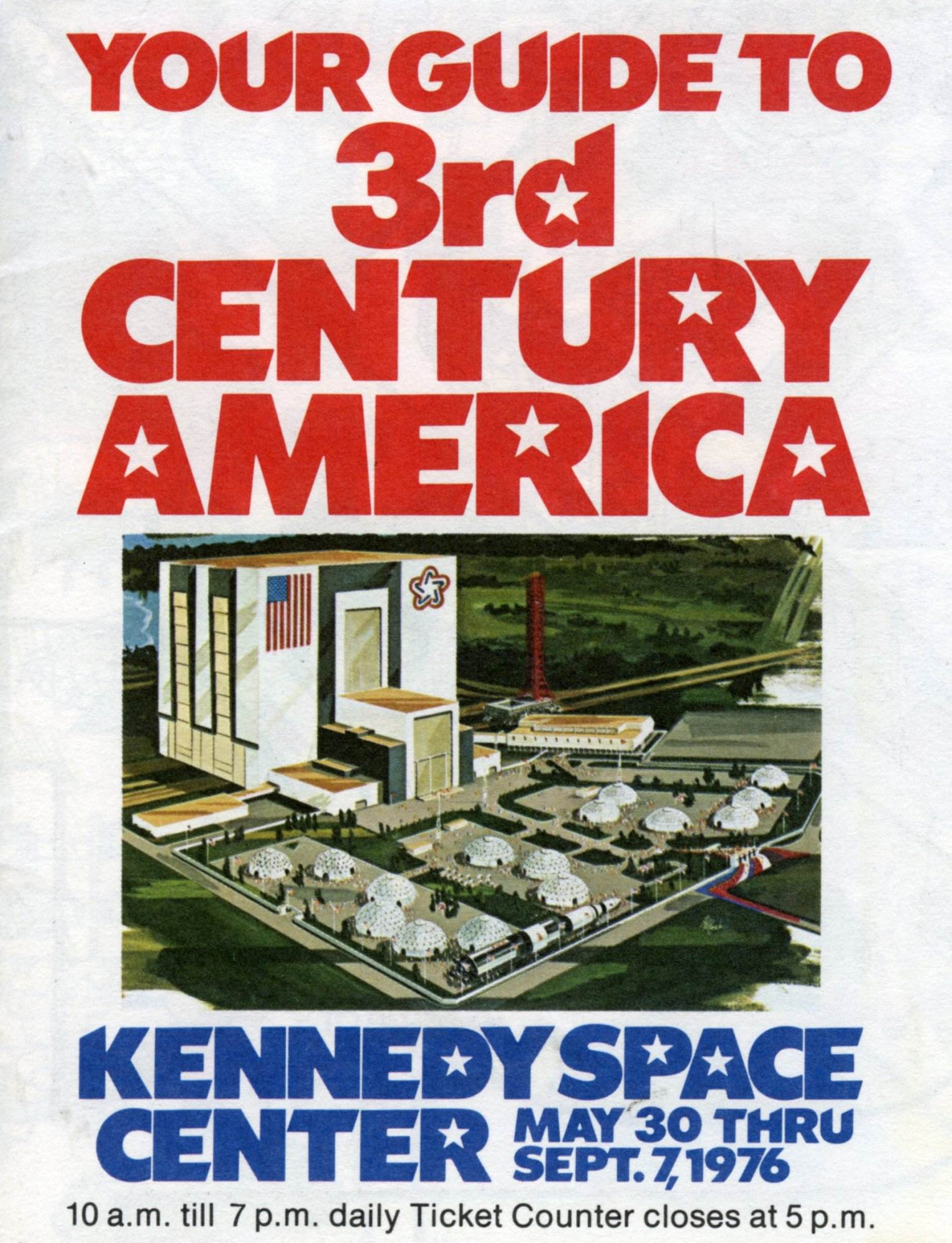
3rd Century America took place from May 30 through September 7, 1976, and boasted “15 giant exhibit domes” with participation from 16 governmental agencies. It opened at 8 a.m. and closed at 5 p.m. daily, and visitors were also enticed with “a thrill-packed tour [a]board an air-conditioned bus” (essential during a Florida summer) through Kennedy Space Center. Admission including the bus tour? A cool $5, which is roughly $24 today, adjusted for inflation.
The exposition was kind of a big deal in Brevard County at the time; Florida Today even listed a daily schedule of events in its pages that summer. July 20, 1976’s issue detailed a Navy Blue Angels demonstration that was to take place at 2 p.m. that day, and reported that over a quarter of a million guests had visited 3rd Century America since its May opening. Apparently, it was greeted with such an enthusiastic reception from some visitors that there were demands to keep it open past September 7. This may be because for the first time, space fans had access to the Space Center’s firing room, a crawler, and got to lurk around inside the VAB, among other treats. At the time, the VAB still contained some hardware from the previous year’s Apollo-Soyuz Test Project mission.
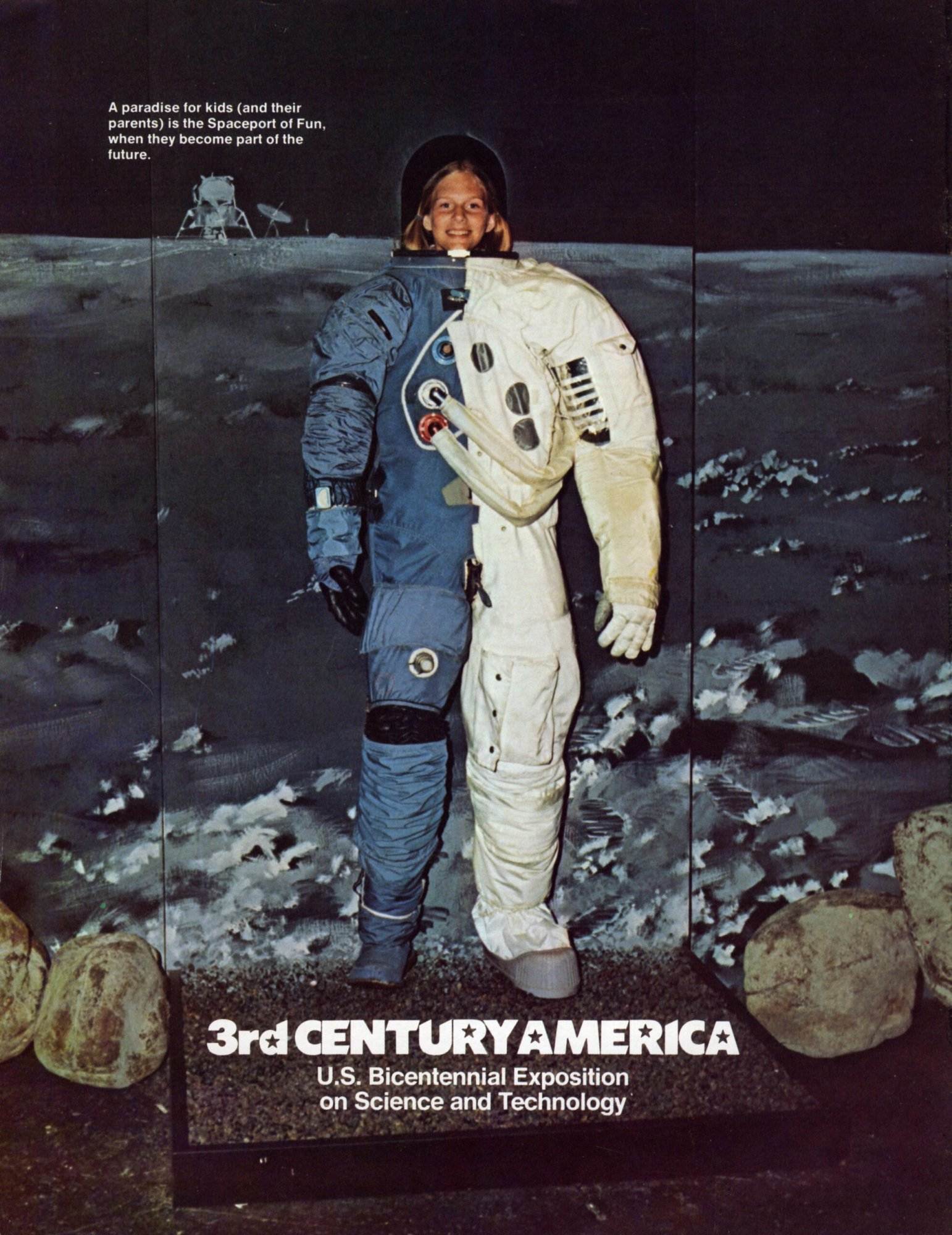
An editorial written by then-Kennedy Space Center director Lee R. Scherer published on August 25, 1976 in the same newspaper gives reasons why the exhibition couldn’t feasibly stay open, the most important one being that many Space Center infrastructure resources would be required to support the upcoming Space Shuttle program as early as September. This didn’t prevent the Orlando Sentinel from running its own op-ed on September 13, 1976, right after 3rd Century America shut down for good, entitled “Third Century America Exhibit Deserves A Longer Life Span.”
This op-ed underscored the fact that the event, while not unsuccessful, didn’t garner as many crowds as expected (perhaps owing to the close proximity of Walt Disney World in Orlando, which is always a big summer attraction). The Sentinel blamed this on the event having “less planned promotion than a roadside eatery on U.S. 1.” The paper proposed that the exhibition be reassembled into a “compact, mobile exposition, and, like the Freedom Train, [be] taken the length and breadth of the nation.” Obviously, this proposal didn’t come to fruition.
3rd Century America memorabilia such as ashtrays, attendance certificates, and stickers are still available on eBay for reasonable prices. (Full disclosure: I put my jewelry in a vintage 3rd Century America ashtray, since I’m not a smoker.) The Bicentennial logo was still painted upon the VAB when I first visited KSC around 1985, and would be until 1998 when it was replaced by the NASA “meatball.”
While 3rd Century America may have ended long ago, the Spirit of ‘76 is still alive…at least on this blog. Here are some fantastic Kodachrome photos supplied by J.L. Pickering, proprietor of Retro Space Images and co-author of the upcoming Picturing the Space Shuttle: The Early Years with John Bisney. These photos were taken by Pickering in early June 1976. Enjoy.
Many thanks to J.L. Pickering for helping with this story.
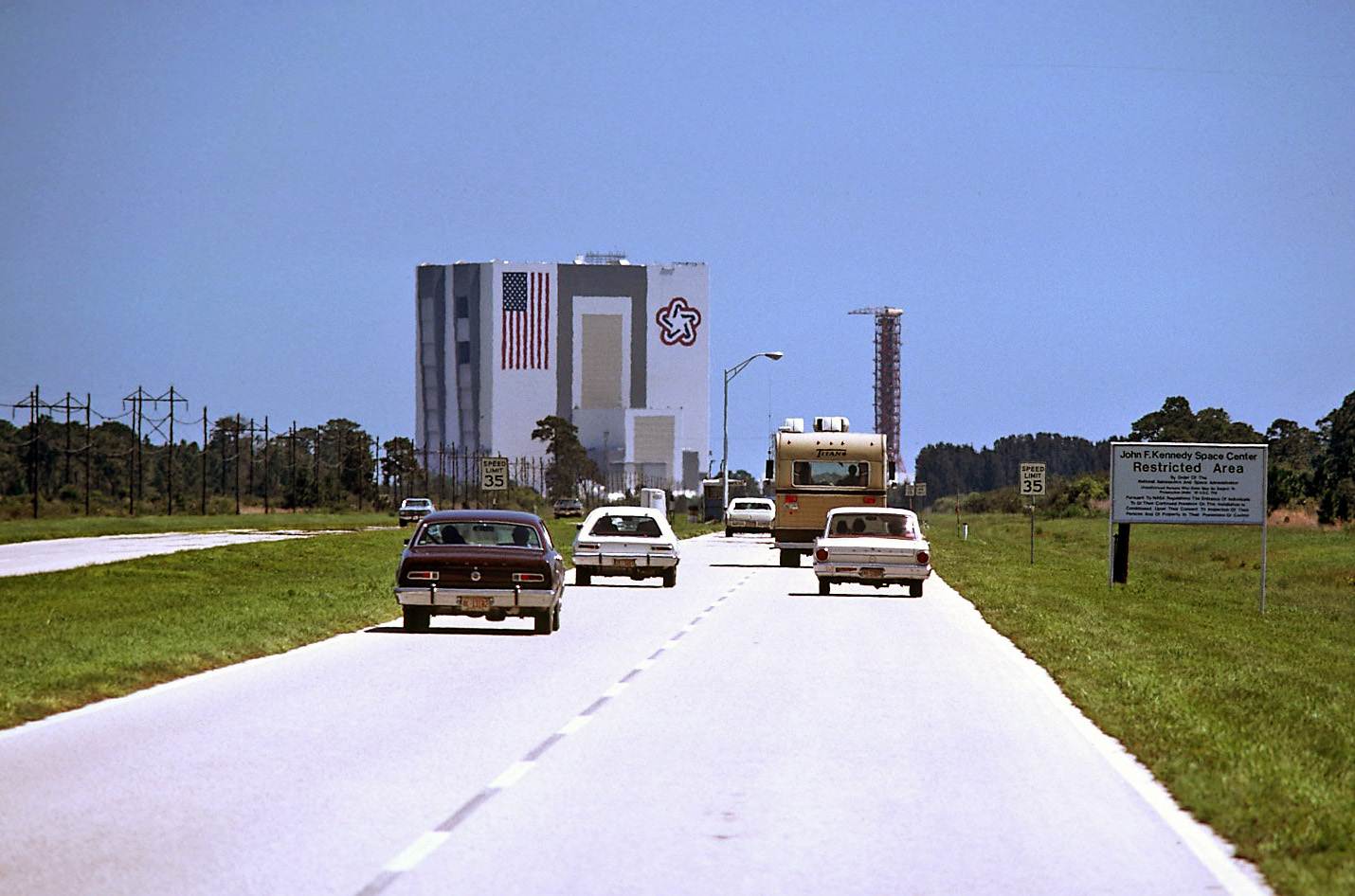
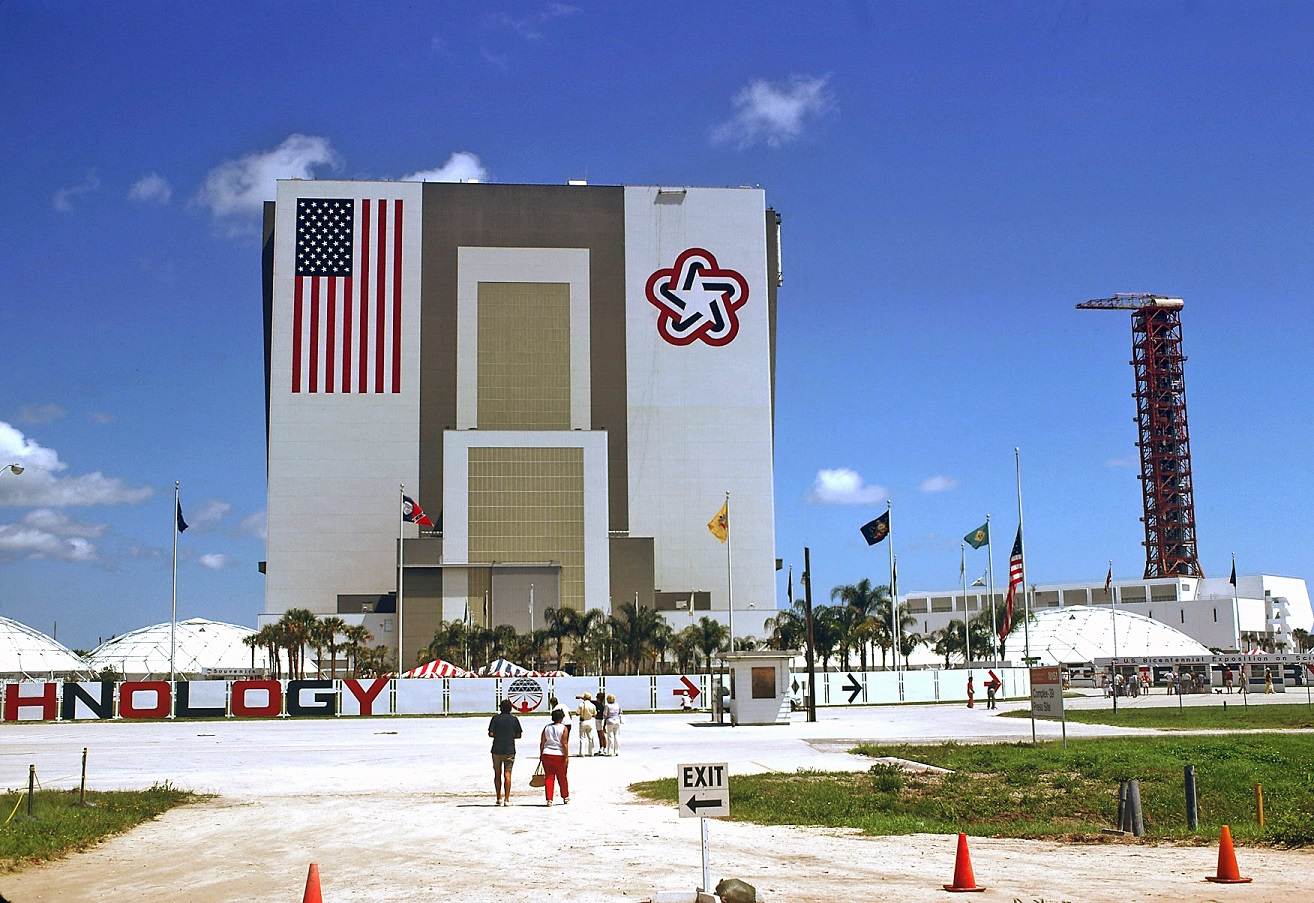
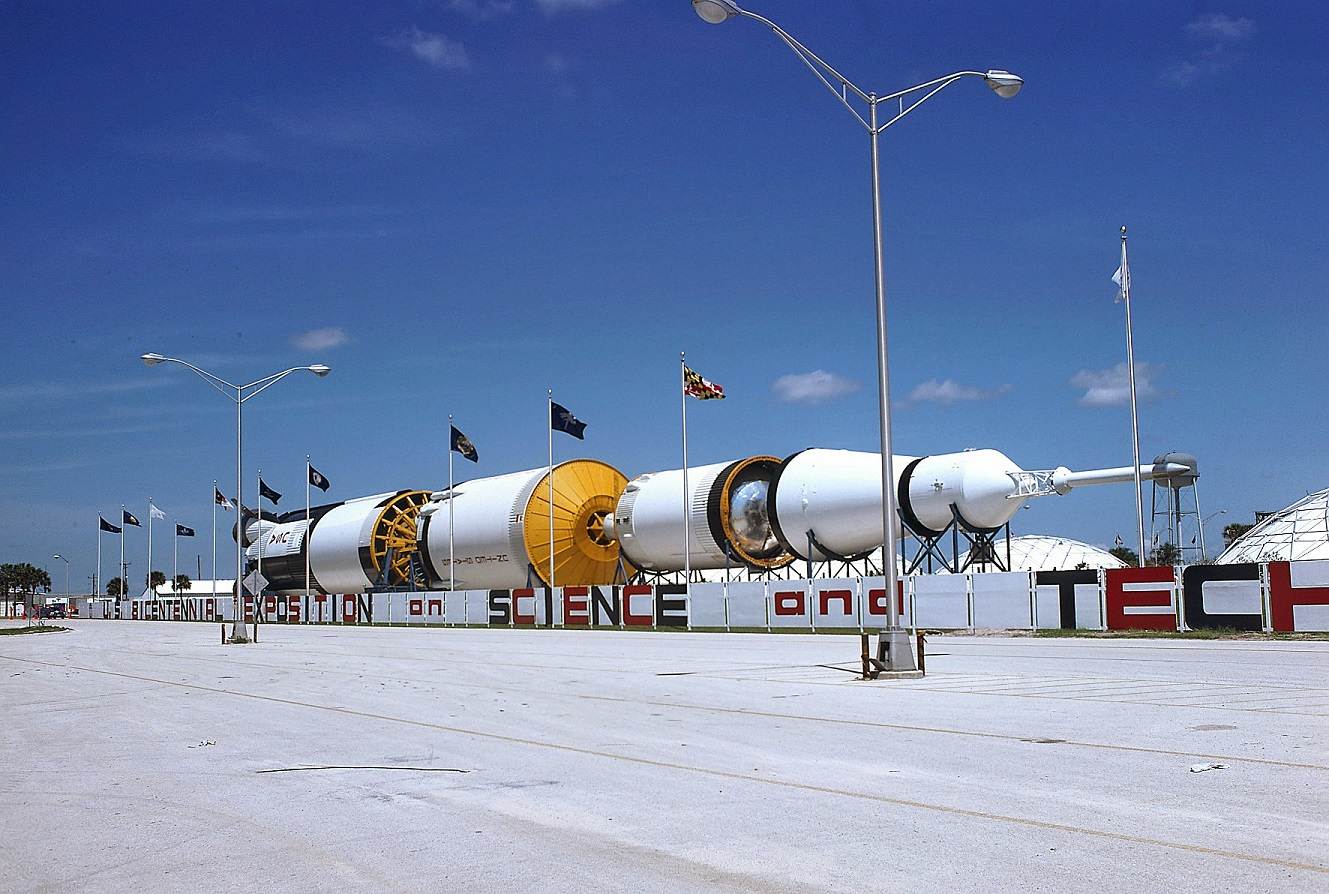
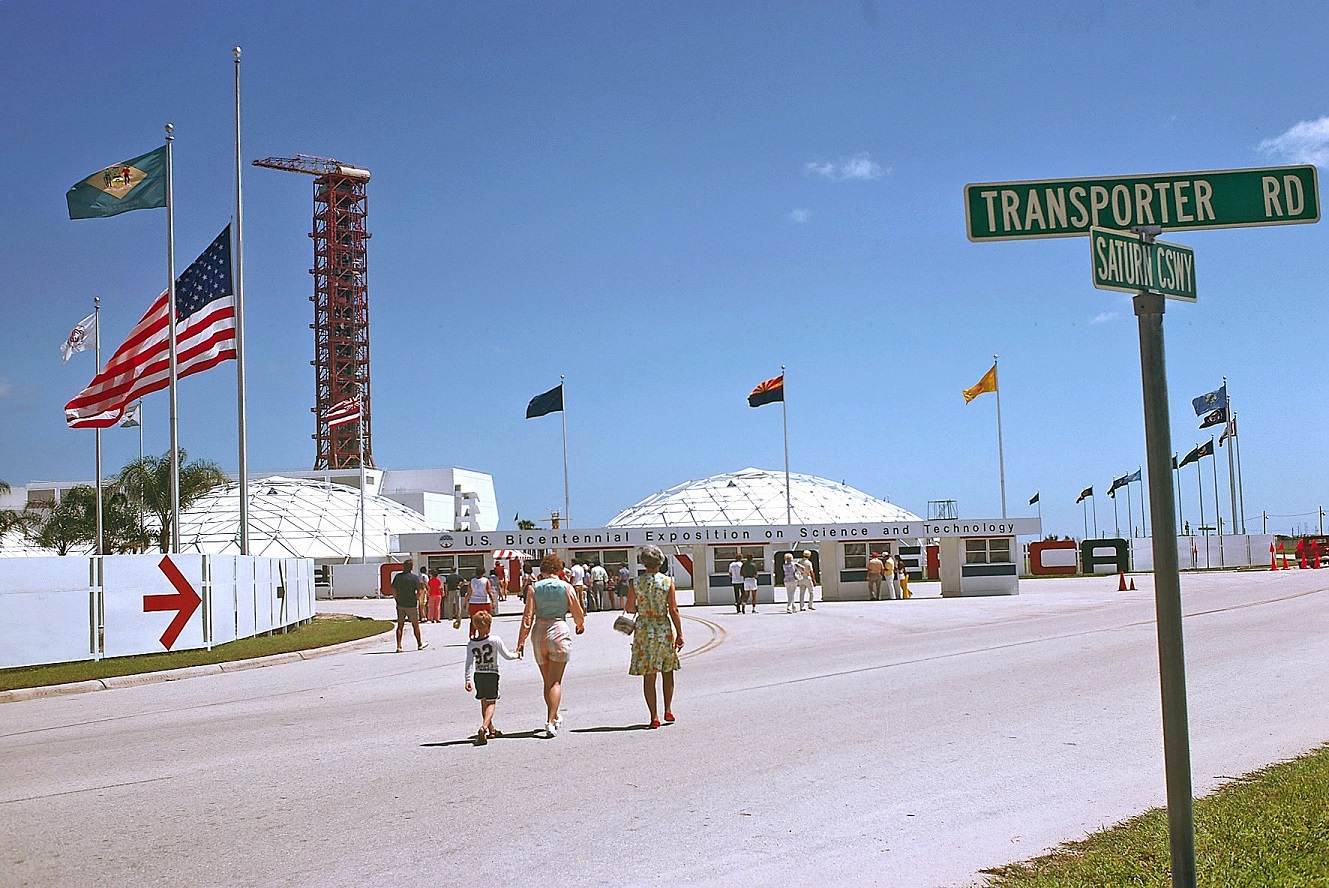
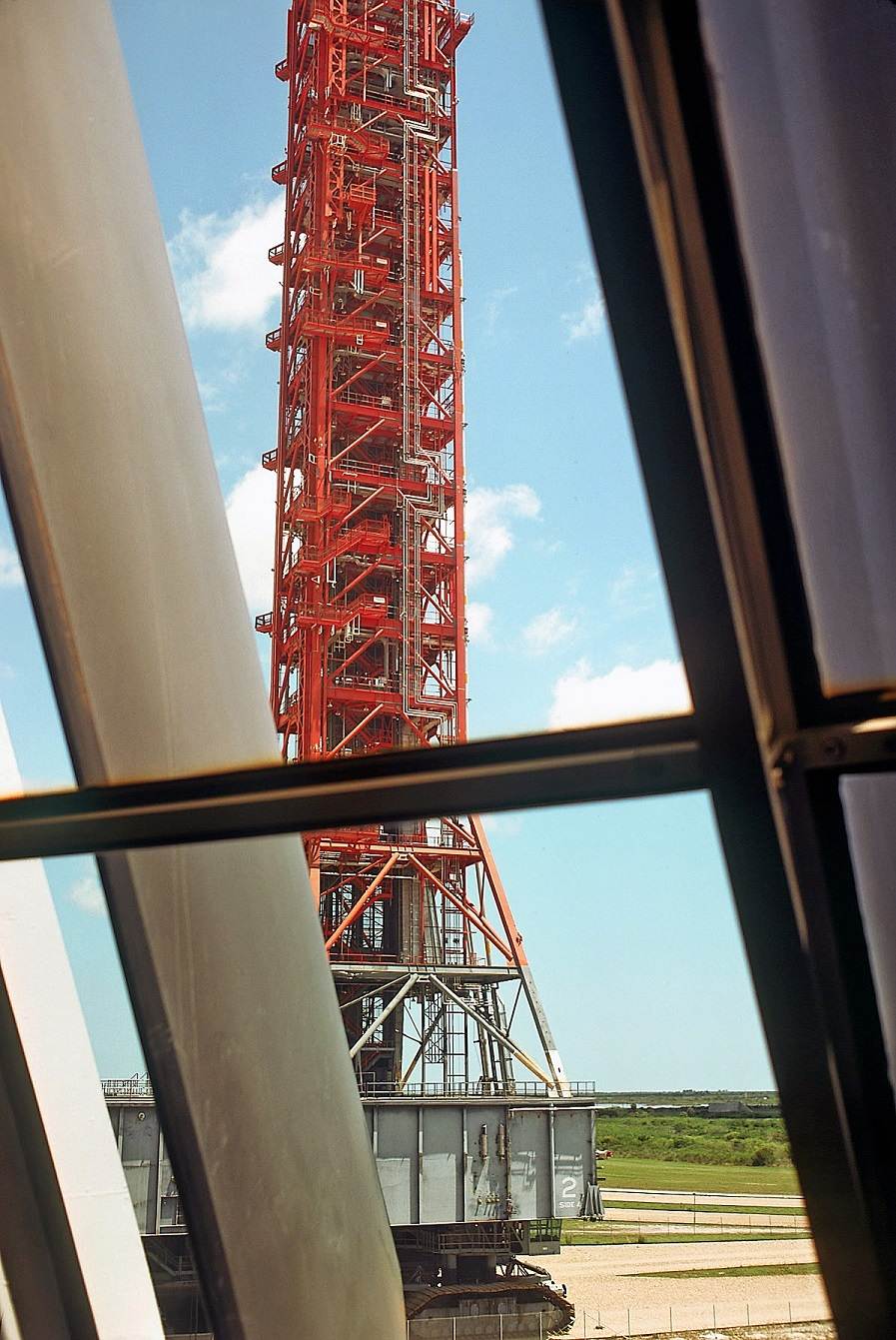
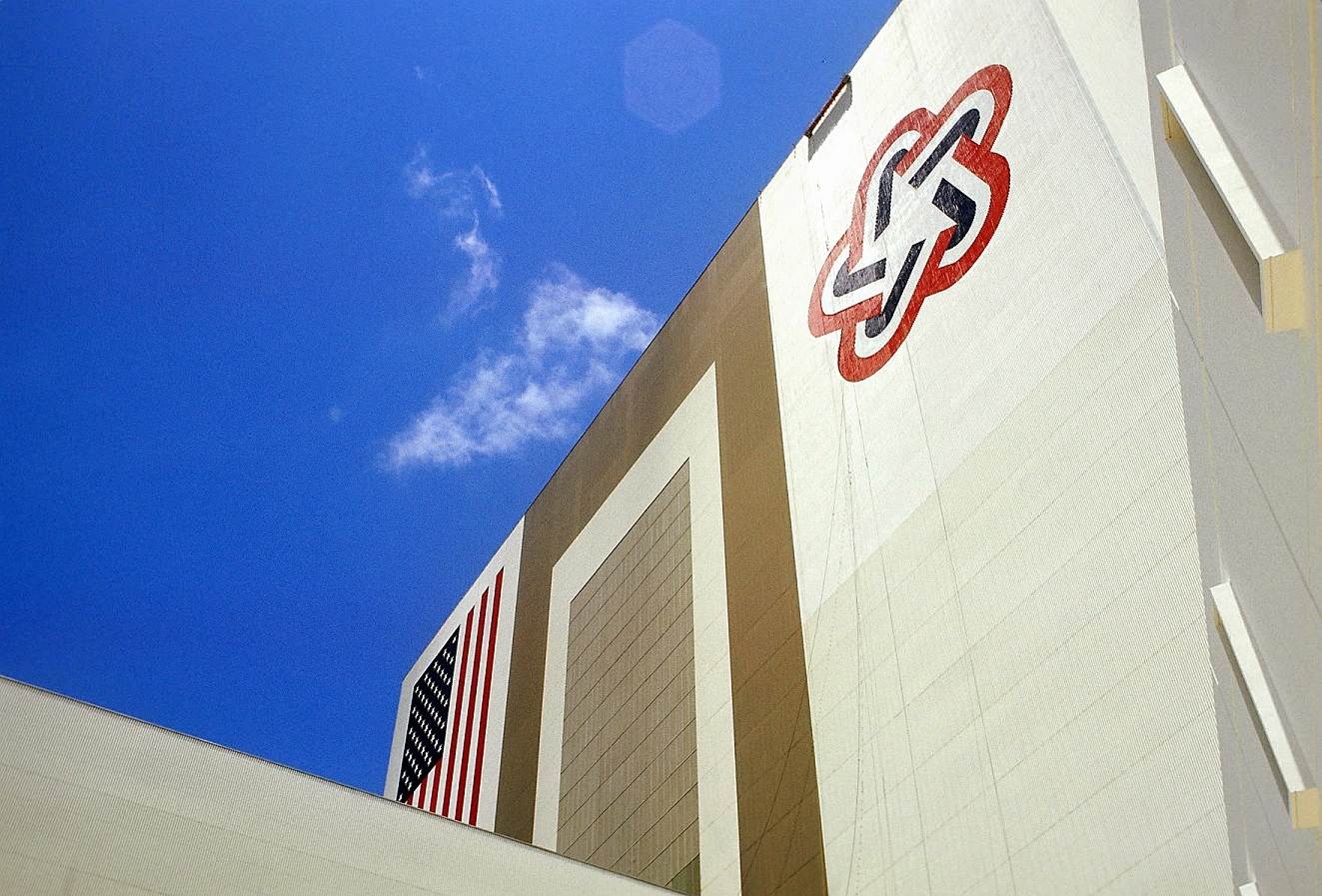
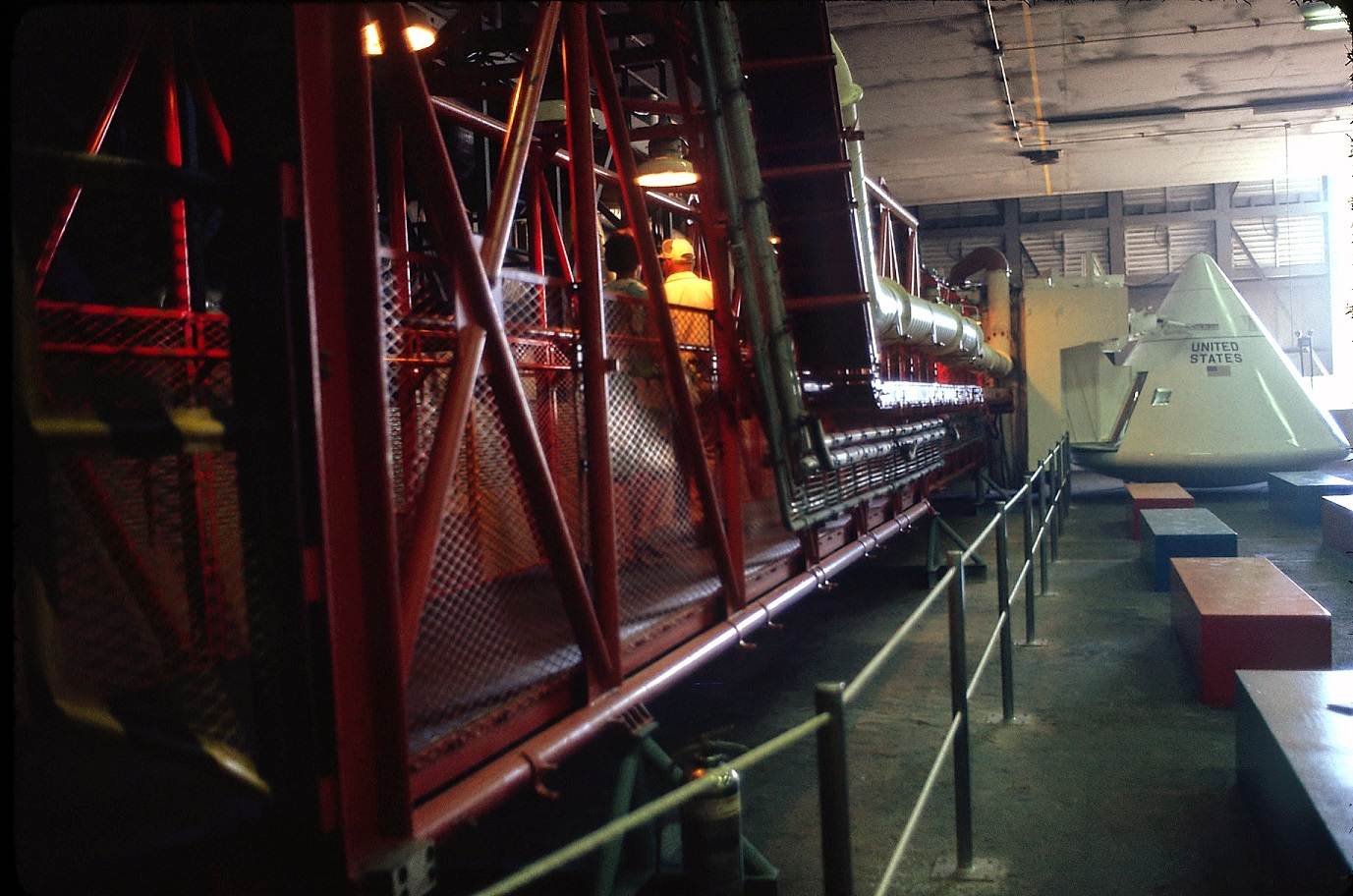
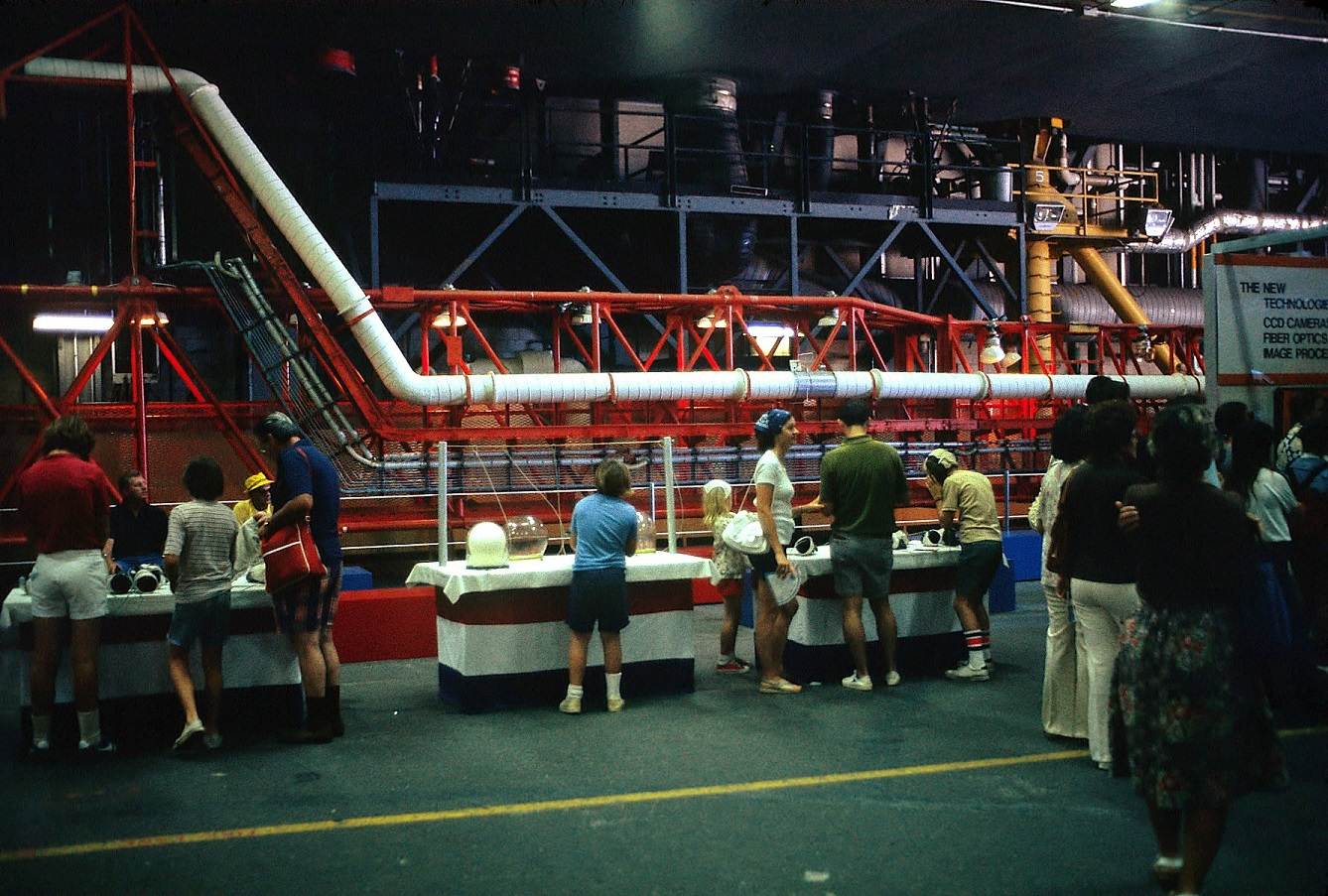
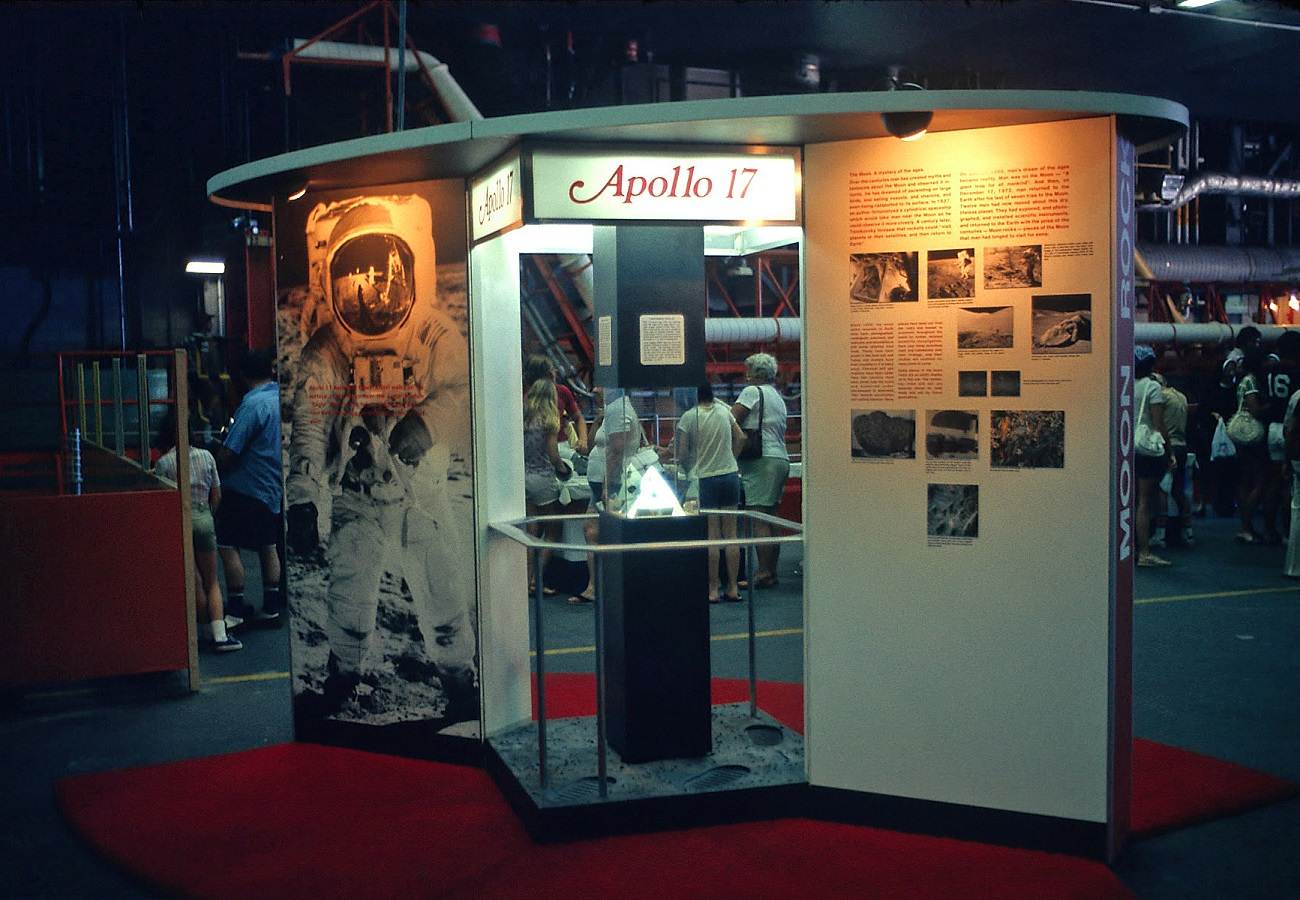
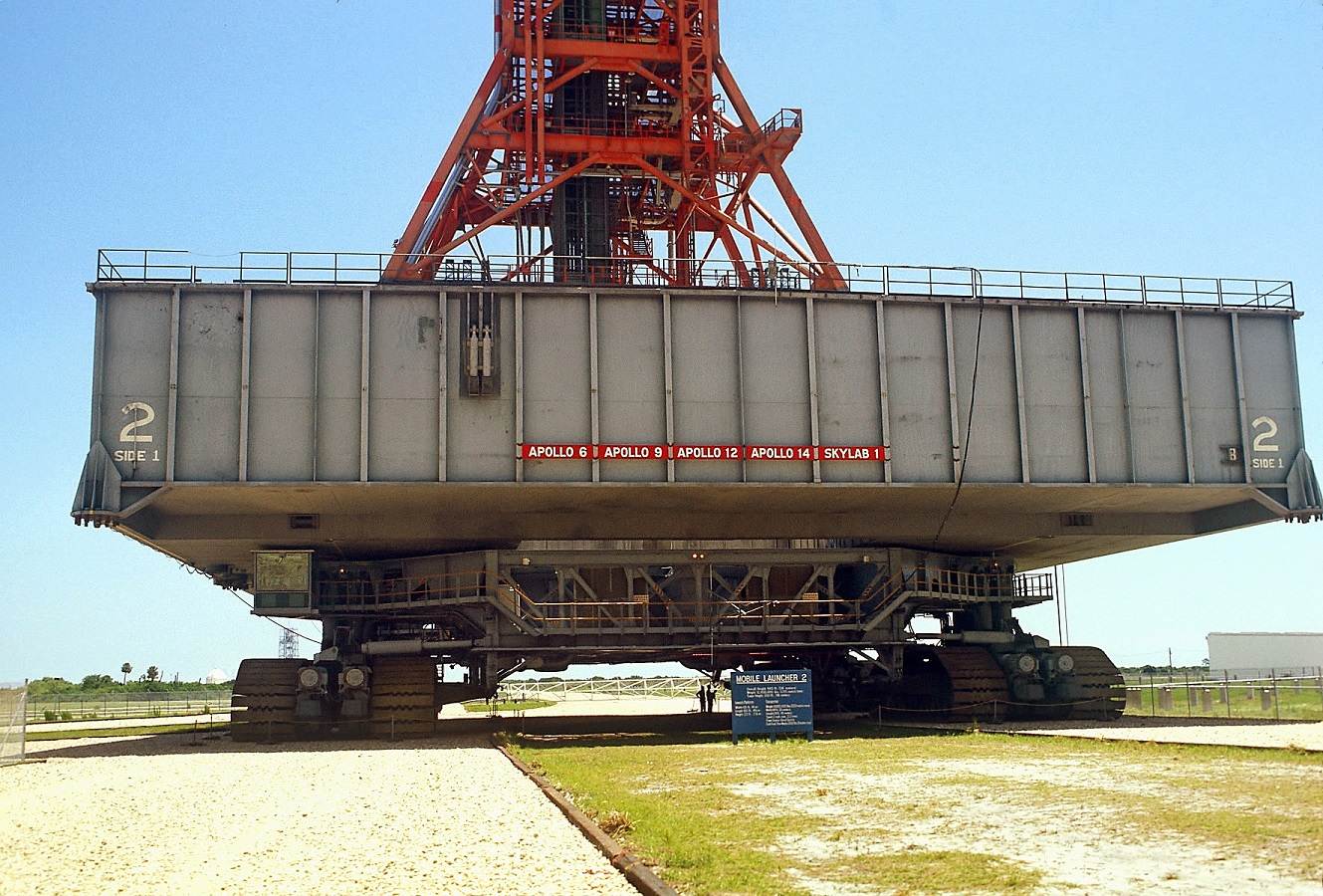
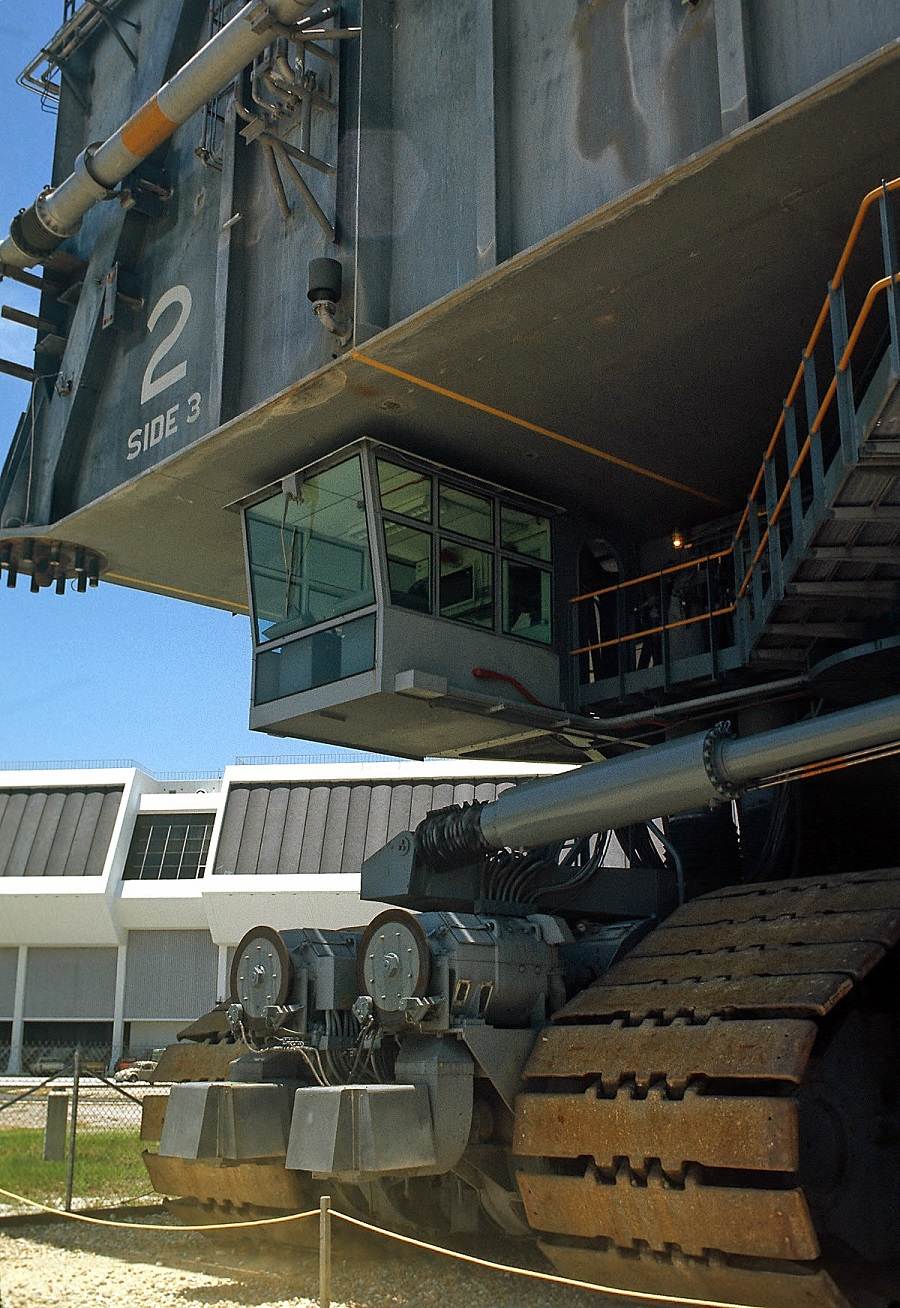
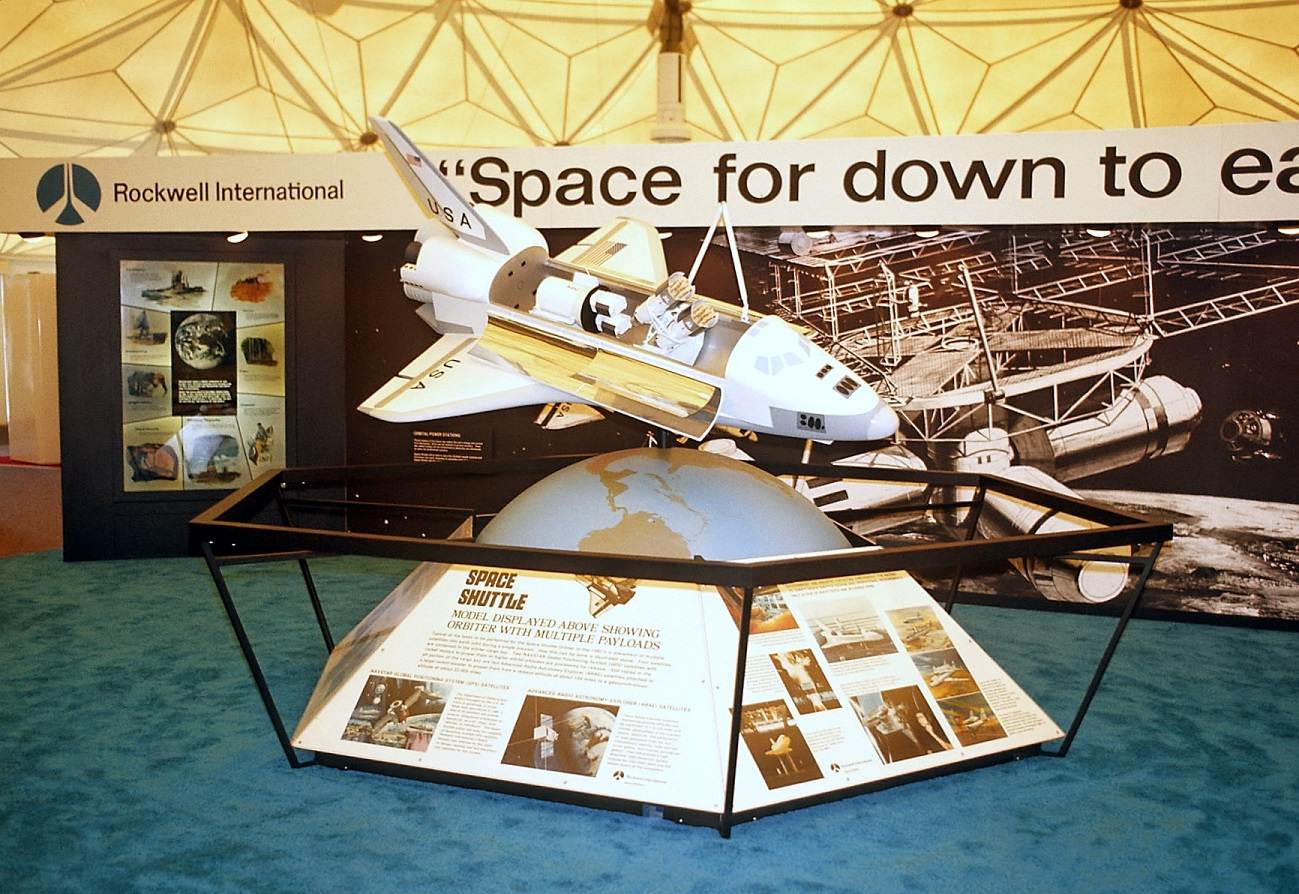
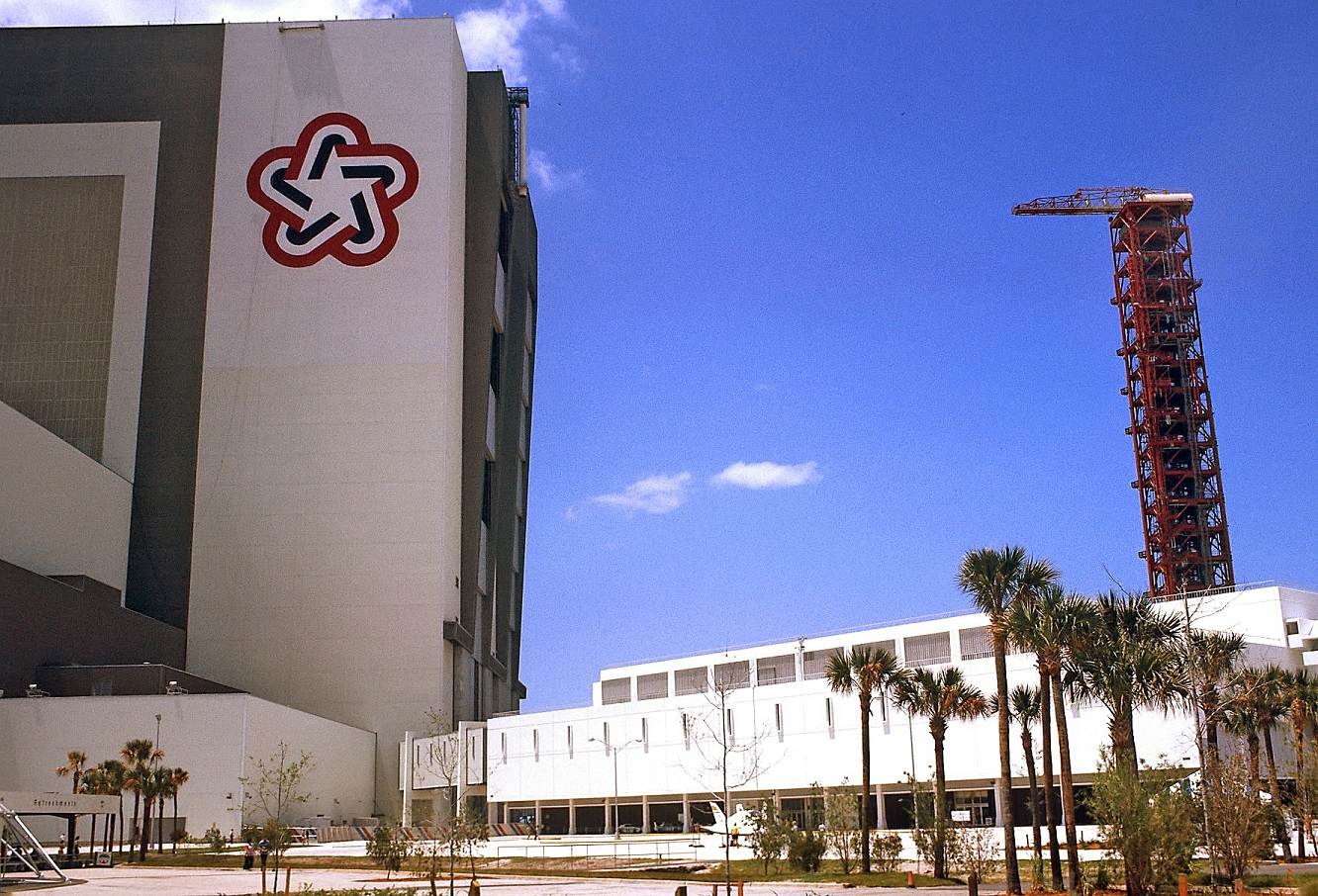
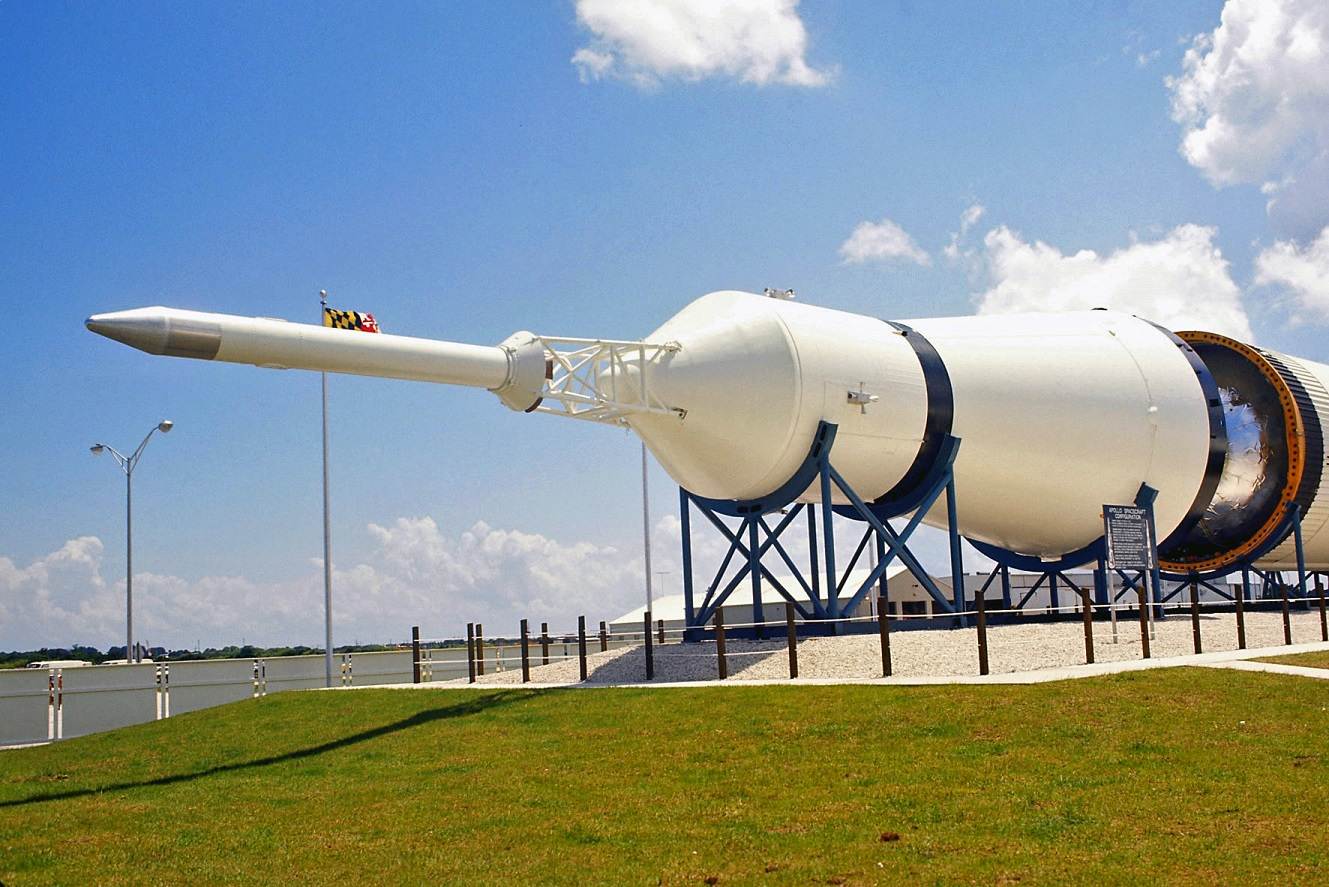
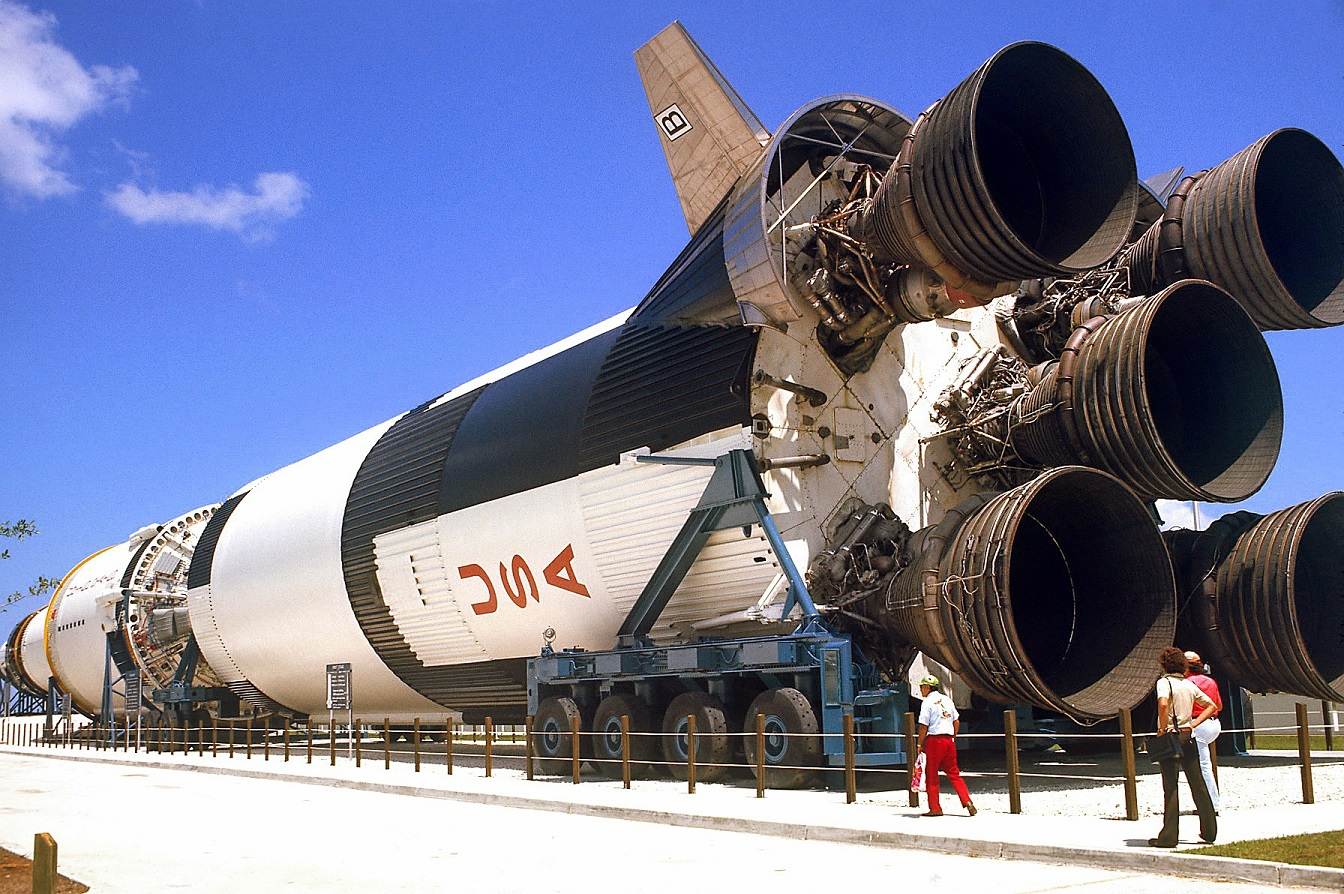
*****
Emily Carney is a writer, space enthusiast, and creator of the This Space Available space blog, published since 2010. In January 2019, Emily’s This Space Available blog was incorporated into the National Space Society’s blog. The content of Emily’s blog can be accessed via the This Space Available blog category.
Note: The views expressed in This Space Available are those of the author and should not be considered as representing the positions or views of the National Space Society.

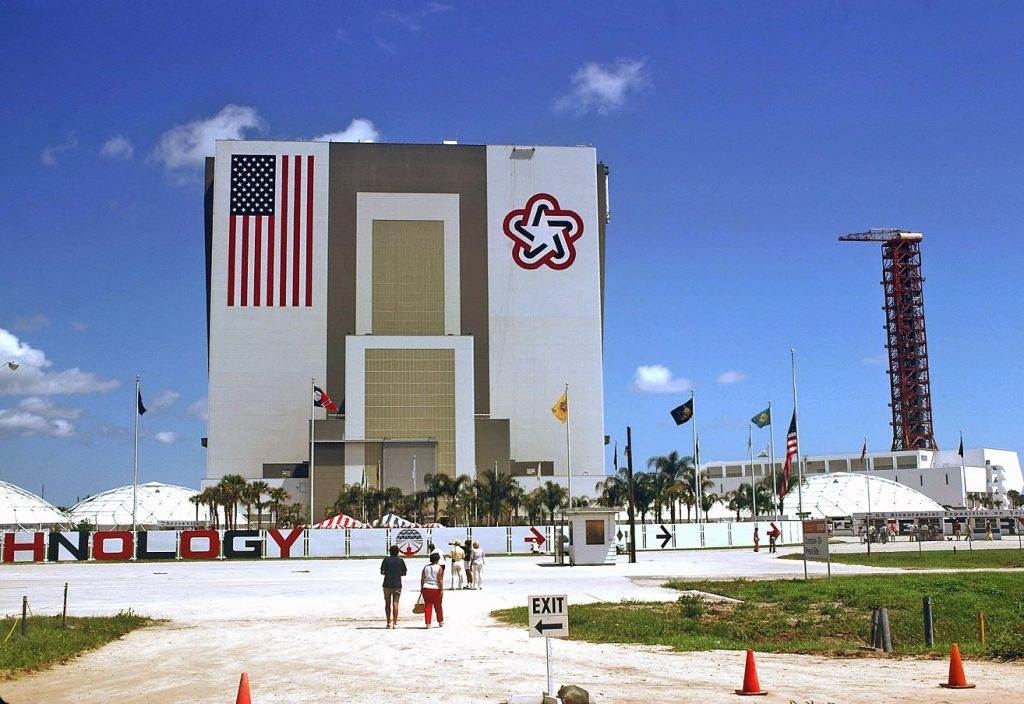


















5 thoughts on “Space in the Seventies: 3rd Century America and the Spirit of ‘76”
Great pictures and great moment in history at KSC. Still remember my parents took my sister and myself to KSC probably around the late 60’s or early 70’s. Also, in 2019, I visited KSC with family and friends to celebrate the 50th anniversary of the Apollo 11 Moon landing. The Moon landing set my interest in space travel and to this day, I am still fascinated. Now with the Artemis project of landing on the Moon along with commercial industry taking part, now is an even better time to be excited about the future of space travel.
I visited 3rd Century America roughly 10 times or more during it’s short run. I lived in Port St. John, which was close to KSC. My father had worked in the Flight Crew Training Building for Apollo 17 and later for Wackenhut (KSC Security), so it was an easy trip to kill a Saturday or Sunday and walk around the exposition. For a 12-year old it was very inspirational, it’s a shame there’s not more historical material about the show on-line. For ground-level access into the VAB, access to two firing rooms in the LCC, walk around of a crawler, and all the exhibits in the different pavilions it was a bargain!
At times it was very well attended, other times dead as a doornail. There was a lot of hardware on exhibit, I remember the large control panel from the Link Simulator for the CM was on display and had been set up to go through a mock launch sequence. There was a technician who had the sole function of keeping the sequencer and the display panel running, he had handfuls of the little mini-wheat lightbulbs for the illuminated switches to keep the lights going when they’d burn out. The FAA also had a nice display of the control panel from a mock tower cab. The working Viking probe spare with the arm digging soil samples was set up in the VAB and was also a very unique exhibit. Seeing the pictures posted here brought back a lot of memories.
Eric, you make me “retroactively envious!” 🙂 I’ve been inside the VAB, and one of the LCC firing rooms (still configured for Apollo-Saturn launches), only once, years before the 3rd Century America exposition (if memory serves, my Uncle Dan, who worked at KSC for Boeing, on every manned program except Project Mercury, “pulled a few strings” to facilitate that). But I never got so close to–let alone inside!–a crawler-transporter, or any of the MLPs (Mobile Launcher Platforms), nor have I seen that Viking Lander, in action or otherwise, except in pictures from JPL’s auditorium. (I believe it was even flightworthy, as it–or an identical duplicate–was used by JPL Viking project engineers to work out solutions to problems with the two landers on Mars; also, test pictures taken with its two nodding & rotating mirror/photodiodes cameras could only be taken in very low-humidity desert areas [such as near Martin Marietta’s Denver, Colorado plant, early in the morning, as Thomas A. “Tim” Mutch wrote in “The Martian Landscape,” NASA SP-425], whose humidity is like that on Mars’ surface.)
— James *Jason* Wentworth
A native of Miami, now living in Fairbanks, Alaska (who made many pilgrimages to the Kennedy Space Center, with my parents; my Uncle Dan Warensford, an electrical engineer at Boeing, worked on all of the manned programs at the Cape, from Project Gemini through the Space Shuttle and the ISS, and he knew Wernher von Braun and several of the astronauts, including the Apollo 11 crew, who, along with von Braun, autographed his Apollo 11 launch orders–I caught the “fever” from him 🙂 ), I never visited the 3rd Century America Bicentennial Exposition (but I have a copy of its brochure, that you posted a scan of above; they were in the brochures racks at the KSC Visitor Center, even in 1975!) Also:
My father wasn’t the least bit interested in seeing it, and neither was my mother (but we were there about a year before it opened, to see the [un-numbered, sometimes unofficially called Apollo 18] American half of the Apollo-Soyuz Test Project lift off in person, on the afternoon of July 15, 1975 [after watching Soyuz 19 lift off live on our motel room’s color television set that morning], as it was the last Apollo-Saturn IB to fly, and the Space Shuttle was in the indefinite future). Having lived through those years, I think that my parents, like other people I’ve talked to who experienced those times, were all “Bicentennial-ed out” well before July 4, 1976. Beginning in 1974, it was mentioned more and more often–and associated with, or commemorated by–ever-more products and services, so that even by mid-1975 (and even more so, on July 4 of the next year), it had–unintentionally–become a sort of parody of itself, which people were sick and tired of hearing about. In short, I think that the Bicentennial celebration, while it commemorated an important milestone in our nation’s history which deserved attention–and a lot of it–was over-done, and was even made to look rather silly by much “bandwagon-jumping” by companies who wanted to associate themselves with it. But:
I think the largely space-themed 3rd Century America exposition idea is a good thing, which–if somewhat re-directed (an easy task, since the Tricentennial is over half a century in the future), and made mobile and traveling, as former KSC Director Lee R. Scherer suggested–would help our country in many ways, including showing young people that a different, and better, future, with many more choices available to everyone, is possible. The mid-1970s through the early 1980s were also the heyday of Dr. Gerard O’Neill’s Space Colony advocacy–and of Dr. Peter Glaser’s advocacy of Solar Power Satellites (SPSs, also called “Sunsats”) in geosynchronous orbit, to beam electricity to “rectennas” (which block almost no sunlight [only ~0.5%], so that farmers could cultivate their land under them *and* have a second stream of income by renting or leasing their land to electric power utilities) on Earth via diffused–for safety–microwave beams; the space colony and SPS concepts “mesh well,” although they are also economically viable by themselves. This research, on both concepts, has never stopped, thanks largely to the non-profit SSI (Space Studies Institute, “its URL is: ssi-dot-org,” which Gerard O’Neill and other space colony and SPS supporters founded in 1977). Their research and advocacy, and NASA and U.S. Naval Research Laboratory microwave beamed power experiments (the NRL conducted an impressive test just last year!)–plus the current availability (of SpaceX’s mostly-reusable Falcon 9 and Falcon Heavy rockets) and the coming-soon availability of SpaceX’s fully-reusable Starship/Super Heavy Booster vehicle, Blue Origin’s large and mostly-reusable New Glenn launch vehicle, and Rocket Lab’s fully-reusable Neutron medium-lift launch vehicle–now make space colonies and SPSs build-able, and economically viable, using terrestrial materials, rather than the lunar materials that O’Neill’s and Glaser’s original, 1970s plans called for using, and:
NASA’s Kalpana One space colony design uses Earth-sourced materials. Such settlements–in addition to serving many useful purposes, such as (to mention only two here: SPS building sites, and places where heirloom-seed crops can be grown, away from Earth’s plant disease-containing biosphere and Monsanto “suicide seed” contamination via unintended cross-pollination [the excess heirloom crops themselves, which the colonies’ intensive agriculture would ensure–see Chapter 9, “Up on the Farm,” of Thomas A. Heppenheimer’s book “Colonies in Space”; the book is scanned on the National Space Society’s website, “https-colon-double-slashspace-dot-nss-dot-org”–could be exported to Earth, to make money for the colonies])–will also make excellent Way stations for easier and cheaper lunar and interplanetary round trips (including to/from near-Earth and main belt asteroids, and short-period comets–for mining them, for in-space and Earth uses of their resources). The space colonies have synthetic, Earth-surface-level (1-g, on the “central plain,” dwindling to 0-g at the rotational axis), centrifugal “gravity” (due to their slow rotation; their large radii makes the synthetic gravity feel like real [mass-caused] gravity), but they have virtually *NO* real gravity, due to their small masses; even the very feeble gravity of Mars’ two tiny moons is strong by comparison, enabling spaceships to arrive at and depart from space colonies without having to carry, or account for, any extra propellant to overcome gravity losses due to even a large (4 miles in diameter x 20 miles long), dual-cylinder O’Neill “Island Three” space colony’s mass-created gravity (which is so infinitesimal that it could be detected at all only by *very* sensitive instruments; for all practical purposes, space colonies have no mass-caused gravity at all).
This is a positive, and frontier-maintaining (and luckily for us, “Space…the Final Frontier” is, for all practical purposes [and might actually be] infinite) future, which will result in jobs and industries (on Earth as well as in space), new off-Earth human societies with their own unique cultures, exploration of many worlds of all sizes and types, and artistic inspiration–“just” in our Solar System, and eventually beyond it (space colonies enable living in a wide “orbital band or region” around any star, without harming or threatening any indigenous extrasolar life)–that we can scarcely imagine!
— James *Jason* Wentworth
I was there! It was fantastic! Best thing was they did the Apollo 11 launch recreation in the actual control room where it was done! Then there was being up close to the crawler, actually tounhing one of those two-ton cleats! And being *inside* the VAB! great time!
https://ijud.blogspot.com/search?q=Bicentennial